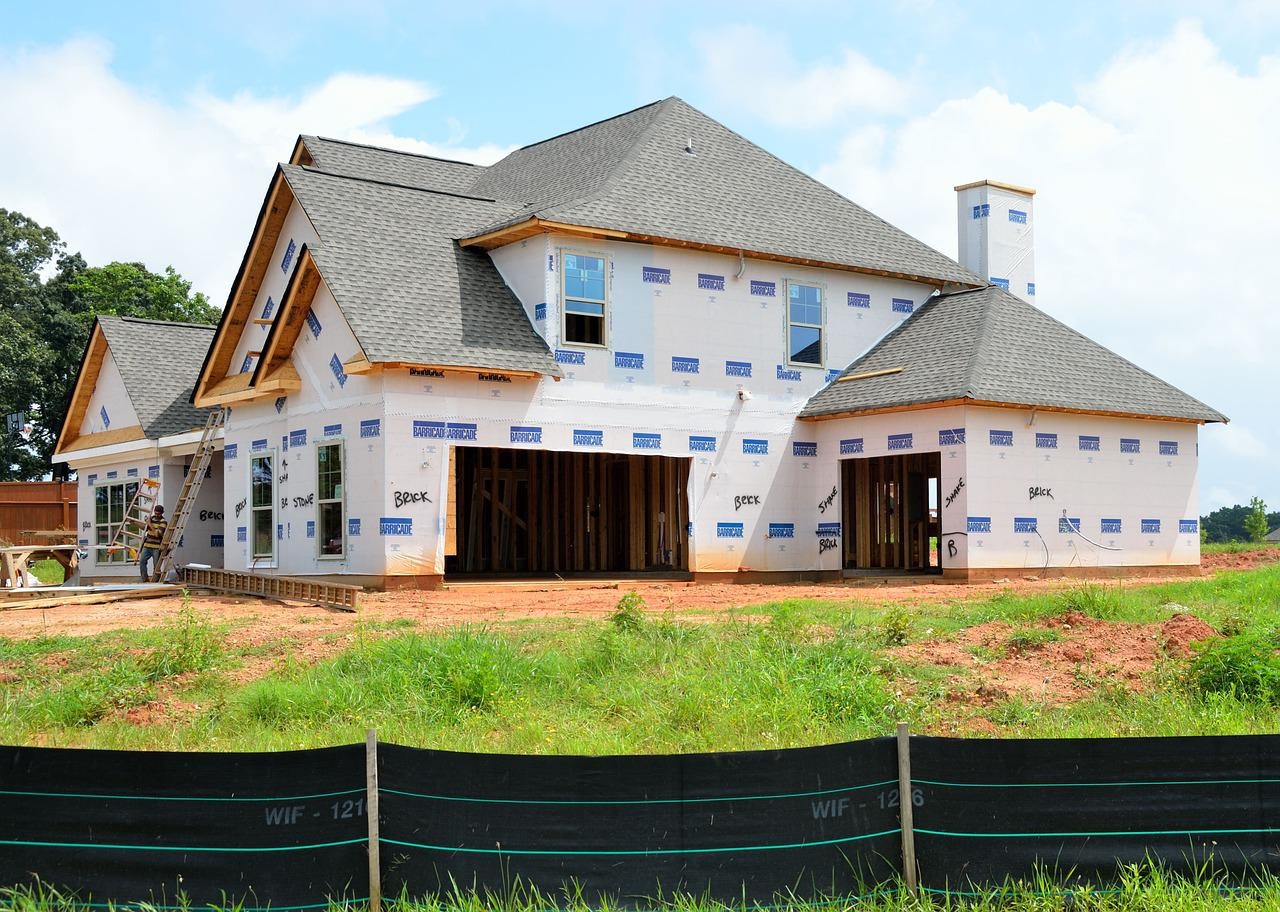In the early 1900’s, a small mail-ordered house was a practical alternative to a custom designed and site-built dwelling. Homeowners could order the entire structure, pre-cut and ready to assemble. A kit house saved the buyers money on labour and materials because everything was ready to be put together. They were so popular that almost 3% of all homes in the US at the time were built from kits! Kit homes are still sold for the cottage market.
Today, the trend is moving away from DIY home-building and toward assembly-line construction in a factory. Homes are built in sections that fit on a trailer and then joined on the job site. A modular home can be a ‘single-wide’ but more common are the double-width or staggered tile designs. There is no limit to the combinations and size of a modular structure. You just keep adding modules and floors until the house is just right for you.
A modular home is different from a manufactured home. Modular homes are designed to be just like a real house that goes on a concrete foundation. Designs have changed in recent years and more of them are appearing as ‘in-fill’ housing. In-fill refers to homes that are intended for vacant lots in between houses in an existing neighborhood. Residents expect a new home’s design to fit in to the existing scheme so designers have created modular homes that look site-built. They can go on practically any city lot because they are defined as a house, not a mobile or a manufactured home that you might find in a trailer park.
Modular homes have a number of advantages over traditional site construction. The main benefit is speed. It arrives at the building lot complete with appliances and requires only some drywall patching and paint. A modular home can be placed and connected to utilities in a couple of days. That can save owner-builders a lot of money in financing and other costs.
Have a look at some videos on modular homes being placed on their foundations. Note the sizes and variety of styles. Some have attached garages and decks that were built after the home was delivered.
Another benefit is the efficiency of construction. Because they’re assembled in a factory by full-time trades, there is very little waste in materials or time. Materials are stored in a climate-controlled environment. Everything is carefully measured and fitted to exacting standards. Nothing is wasted on the factory floor which helps keep costs low.
A modular home is built to standards that exceed traditional site-built housing because of the stress it will encounter on the journey to the site. There is extra bracing and heavier materials used. A modular home is designed and constructed to last a long time.
Modular homes are the trend of the future because they fit the idea of lower cost and higher quality that we demand in everyday products. Instead of major renovations, we might see a time when a module home can be picked up and taken to a recycler as a whole unit. A new unit could be placed on the same foundation.
Questions or comments? Want to talk about your next real estate transaction? Contact us today.





